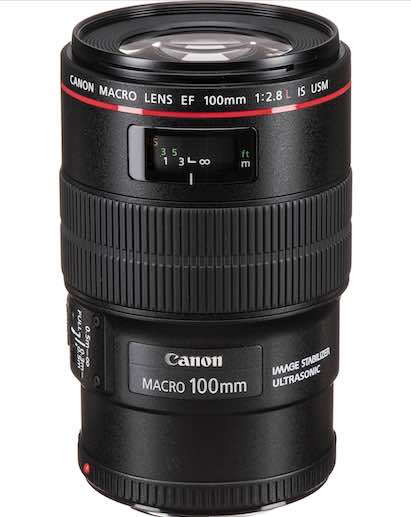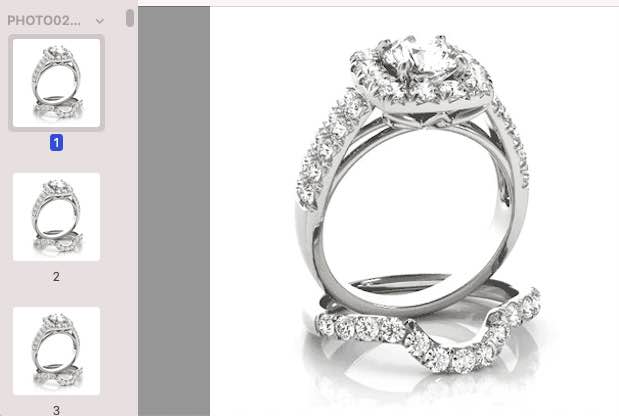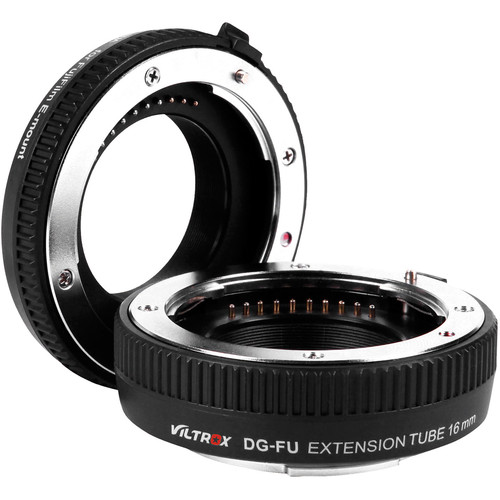360-degree photos are comprised of 20 to 80 shots with a macro lens from the same fixed position utilizing turntables and a variety of cameras. 360-degree images greatly enhance the online experience while boosting trust and conversions. And because they provide unparalleled details, 360-degree photos can remove surprises and thus reduce customer chargebacks.
However, if you’re looking to create interesting and engaging images and have a large budget, consider investing in a tilt-shift lens.
Tilt-shift lenses, such as this one from Canon, allow the movement of a lens up or down and side to side. Source: B&H Photo.
Macro Lenses
A tilt-shift lens is very handy for changing the focal plane of an image to maximize or minimize its depth of field. Tilt-shift lenses allow the movement of a lens up or down and side to side as needed for the perfect shot.


The best product photos provide online shoppers with precise detail to know what to expect when the goods arrive. Specialty magnified shots can help.
Extension tubes are less-costly alternatives to macro lenses. Sometimes called “macro tubes,” extensions are hollow cylinders that fit between the body of a camera and its lens. They alter how close you can get to a subject and thus increase magnification. Extension tubes do not distort a shot and attach to one another to create the desired magnification with any lens. My favorite macro lenses include:


A macro lens, such as this example from Canon, acts as a magnifying glass for a camera, for very sharp photos at close range. Source: B&H Photo.
Choosing between a macro lens and a tilt-shift comes down to your products and budget. A macro lens with photo stacking is best if you require everything in focus. (Again, I’ll explain photo stacking in a future installment.) For less money, use extension tubes (or even backing up with one of the lenses in “Part 6” and a larger aperture setting).


Tilt-Shift Lenses
Extension tubes fit between the body of a camera and its lens. They alter how close you can get to a subject and thus increase magnification. Source: B&H Photo.
360-degree photos are comprised of 20 to 80 shots with a macro lens from the same fixed position. This screenshot shows the details of multiple shots in an animated GIF. Source: Product-360.com.
This is the seventh post in my series on helping ecommerce merchants elevate their product photography. “Part 1” addressed the importance of backdrops. “Part 2” explained tripods. “Part 3” examined the fundamentals of artificial lighting. “Part 4” reviewed angles and viewpoints, and “Part 5” dealt with choosing a camera. “Part 6” assessed lens and their importance.


Macro vs. Tilt-shift?
My choices for tilt-shift lenses are Canon 50mm f/2.8L Macro or Canon TS-E 90mm f/2.8. Both are quite expensive, however.
The tilt function is especially helpful in product photography because it allows the focus on specific details. More importantly, a tilt-shift lens projects a much wider area onto your sensor than is required while producing a very sharp image, unlike traditional wide-angle lenses.






